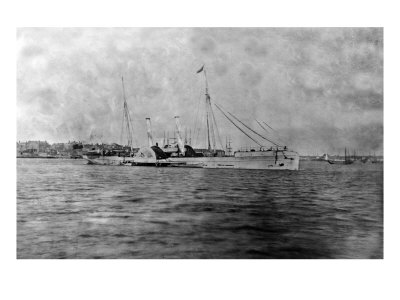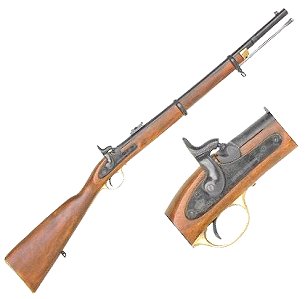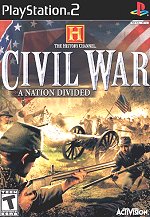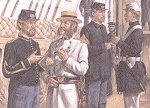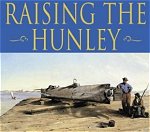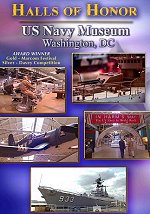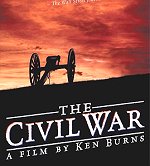Steamship Banshee (Blockade Runner, 1862).
Later USS Banshee (1864-1865); civilian steamship T.L. Smallwood (or J.L. Smallwood ?) (1865-1867) and civilian steamship Irene (1867-1895 or later)
Banshee , a 533-ton (burden) side-wheel steamship, was built in Liverpool, England, in 1862 for employment running the Federal blockade of the Confederate coast. Her trans-Atlantic maiden voyage, in April 1863, was a "first" for a steel-hulled ship, though her innovative construction proved troublesome in service. During the next seven months, Banshee was very successful in her intended trade, making seven round-trip voyages between Bermuda or the Bahamas and Wilmington, North Carolina. She was captured by USS Grand Gulf and the U.S. Army Transport Fulton on 21 November 1863, while en route to Wilmington.
Sent North for adjudication by the New York Prize Court, she was purchased in March 1864 by the U.S. Navy, which converted her to a gunboat and, in June 1864, placed her in commission as USS Banshee . The steamer served for the rest of the year with the North Atlantic Blockading Squadron. In December she took part in the abortive attempt to capture Fort Fisher, N.C. Banshee was reassigned to the Potomac Flotilla in mid-January 1865 and spent the rest of the Civil War operating on the Chesapeake Bay and its tributaries. Decommissioned after the fighting ended, she was sold in November 1865.
Her new owners placed her in commercial service under the name T.L. Smallwood (or J.L. Smallwood ). Sold to British interests in 1867, she was renamed Irene and remained in use at least until the 1890s.
Halftone reproduction of an artwork by R.G. Skerrett
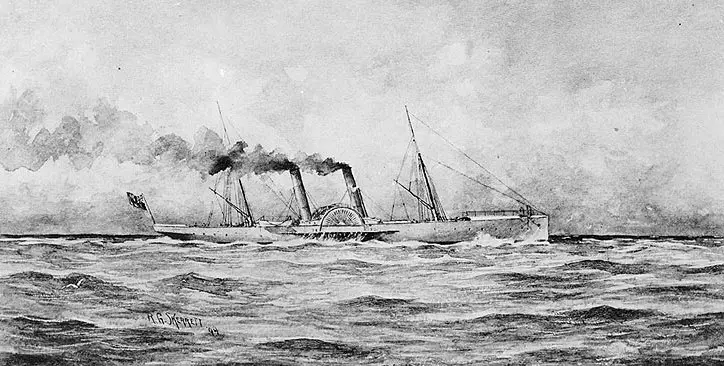
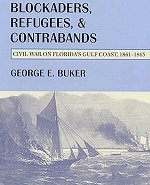
Blockaders, Refugees, and Contrabands: Civil War on Florida'S Gulf Coast, 1861-1865
Coastal Florida had a refugee crisis as the war progressed. Escaped slaves ("contrabands") sought out the blockaders. Some joined the U.S. Navy. White men and their families sought to avoid conscription or vengeful neighbors/regulators and eventually sought refuge with the blockaders
